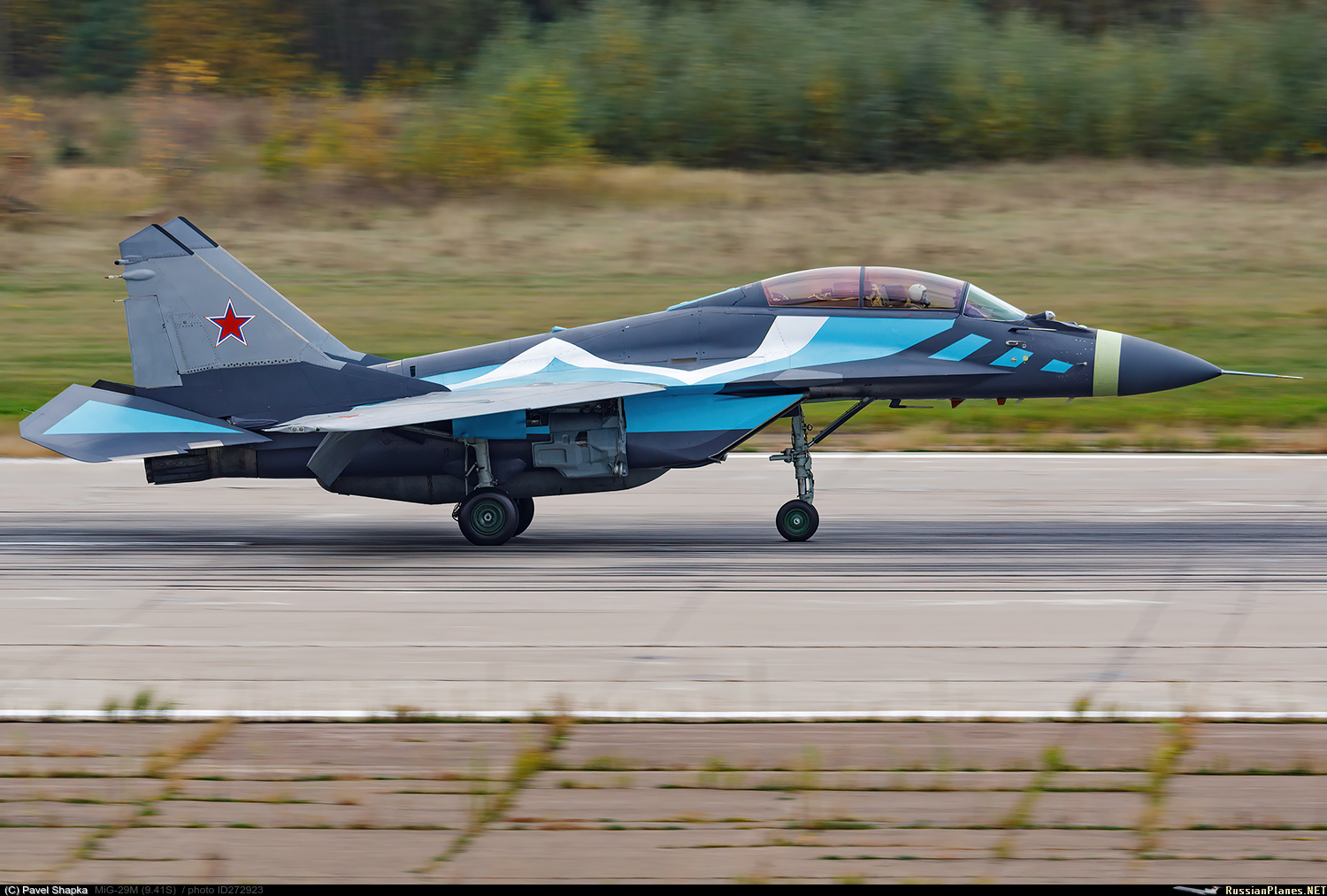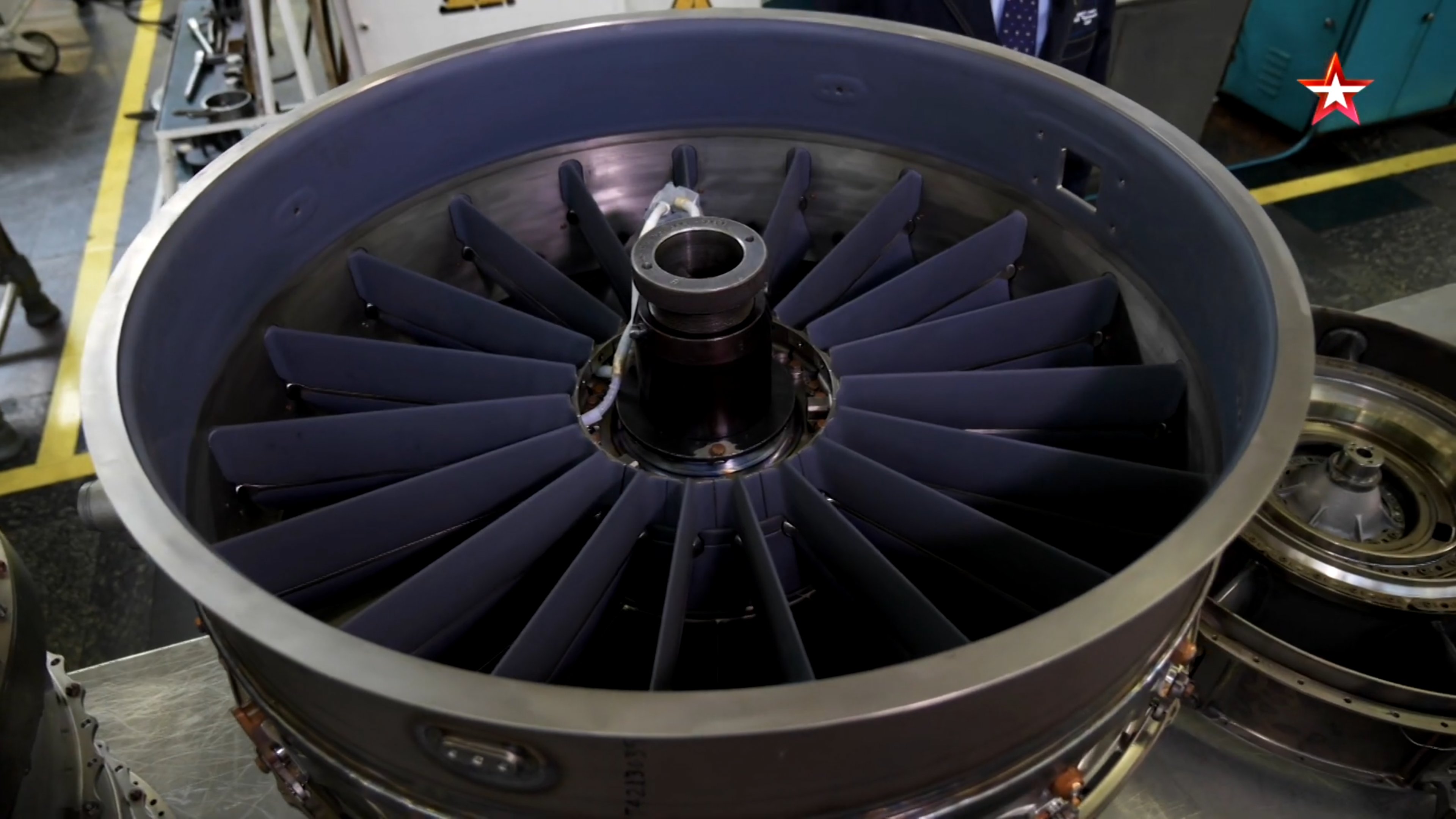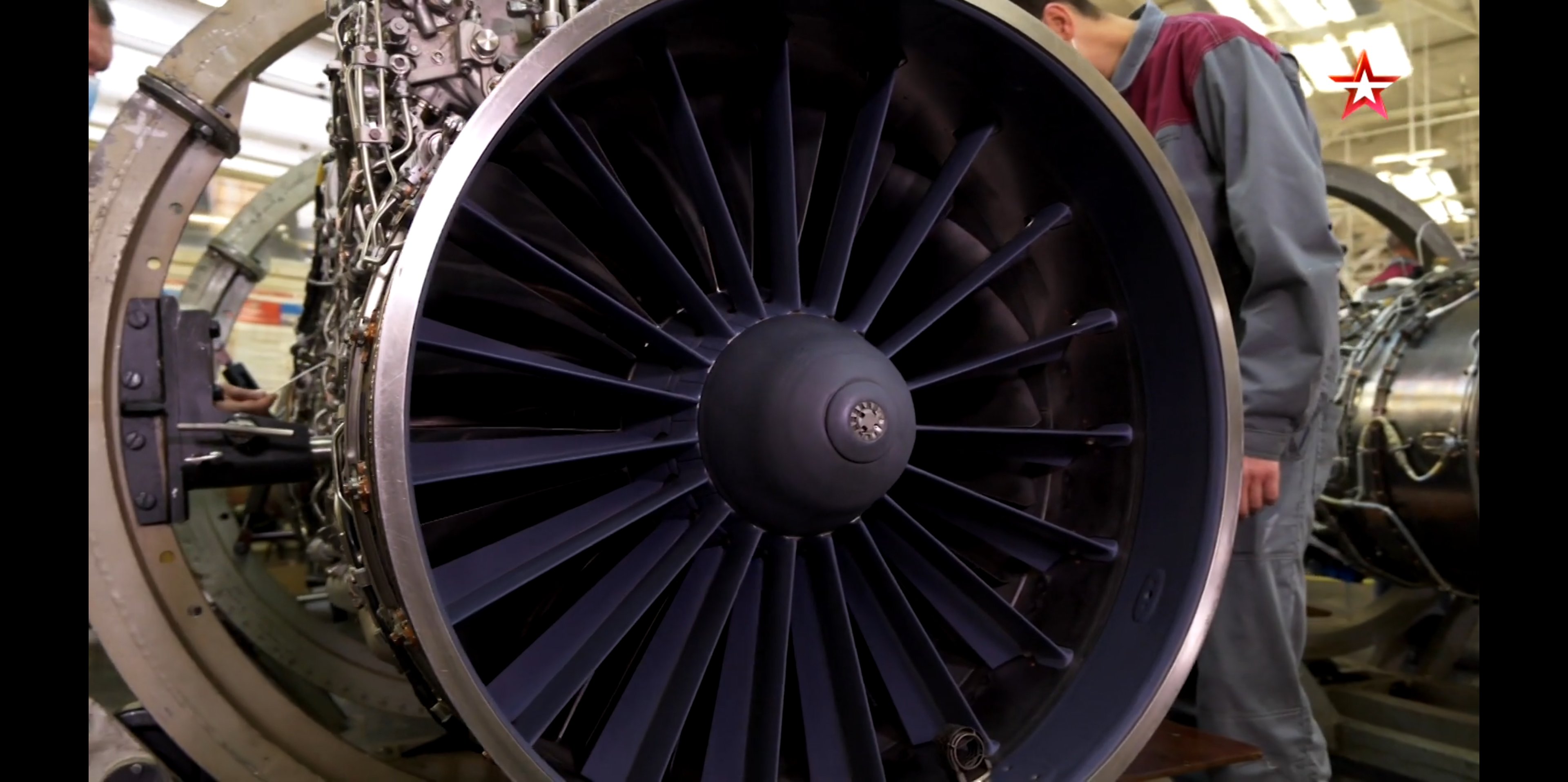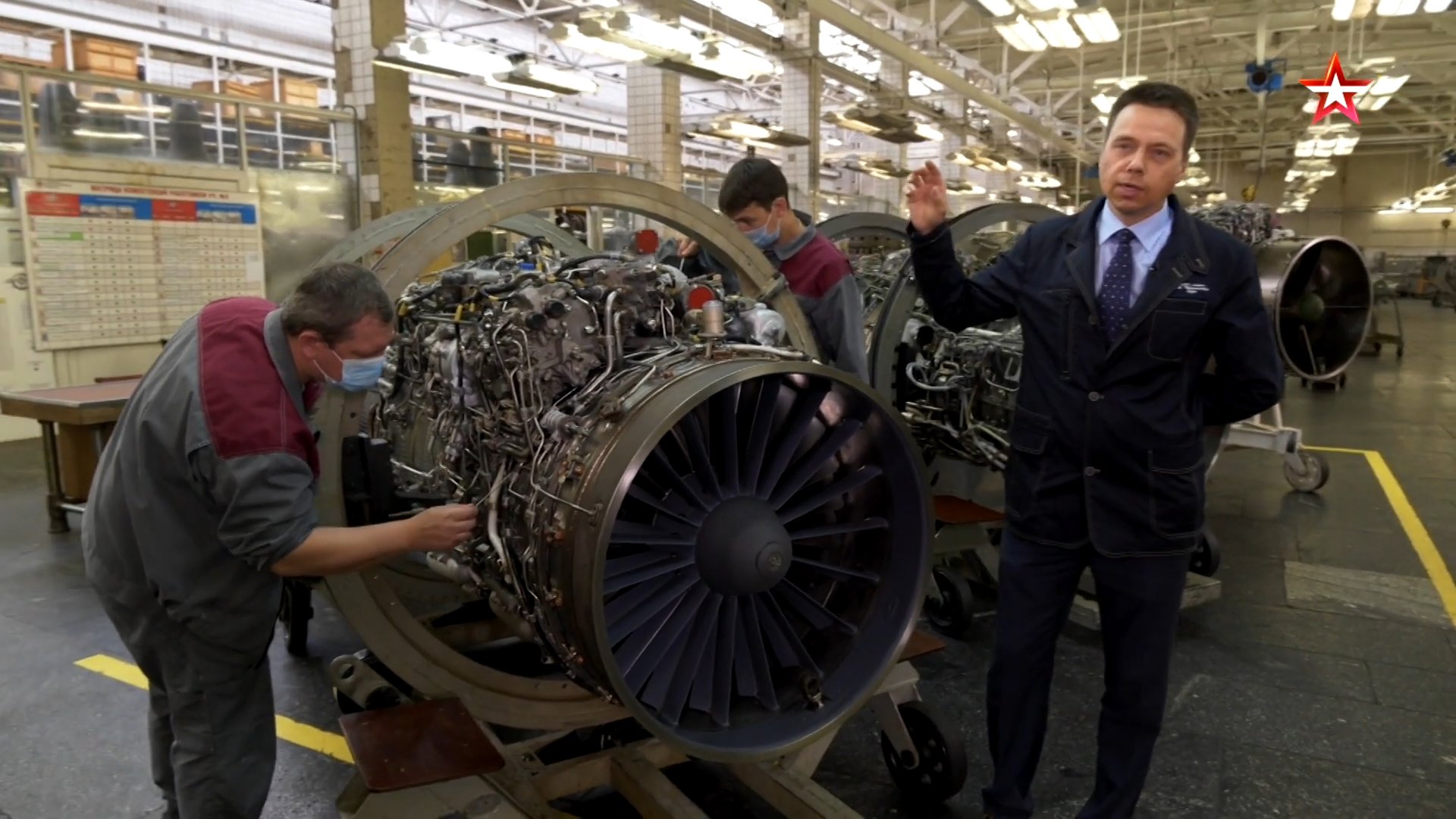We have dealt with the issue in depth, a modern IADS can take care of VLO planes because of the redundant, multiband, multilayered detection and destruction means. But isolated SAM batteries, unless very modern, are vulnerable or at least their performance will be degraded by smart, low RCS targets using modern weapons and targeting information.
Why would Russia want their Air Force aircraft to be able to pick off weak isolated SAM batteries... they are not the US.
So what you are saying is that the fact that the US makes mostly 5th gen stealth fighters is because they are Hyenas... scavengers... picking off the weak or the already dead carcases?
Nice.
Average countries have enough with buying a few tanks, BMPS, some few fighters, helos and SAMs, that's it. They cannot create huge IADS with all the technology, infraestructure and expertise needed. Against such countries RCS reduction is indeed very interesting.
Not really. Take Pine. SOSNA-R. No radar. It uses optical systems to guided laser beam riding missiles. Take most bigger medium range Russian SAMs that can also operate in radar silent mode. Their next gen SAM will be called 9M100 which will use IIR guided missiles.
For poor countries fitting IR guided missiles with solid rocket boosters and having listening stations located around the place manned with people using hard line phones, could listen for engines... a set of thermal sights... primitive... in the sense of being basic and labour intensive, but who cares what your RCS against them?
When the CIA left Iran in a hurry when their puppet was overthrown they shredded everything.... the Iranians took that shredded confetti and started the long boring process of putting it all back together... think about that... compared with that people in Iran can sit in their front or back garden with their phone and just listen for engines... with a compass they can give their location and direction of the sound and give them a sound meter and they can give you the strength of the sound too... sounds silly on its own... but you get 50 calls from specific known locations and specific times with sound strengths and directions and you can build up a picture of what is in your airspace... without using radar.
One in 1,000 might be equipped with thermal imagers and sent a digital image via cellphone...
Signature reduction is a fact today and applies to radar, IR, visual, sound and any other way of detecting the plane. Literally all current fighters apply it, no point in discussing whether RCS reduction pays off IMHO.
Of course it is, but only a fucking idiot would make it so stealthy you can't use it in weather because the special secret sauce that holds it together and makes it work doesn't like the rain.
Further only an idiot will desperately try to take their signature from 2m to 0.5m clean... only to find putting any weapon on it at all brings the RCS back up to 1.8m again.
When pilots are not needed anymore that is going to make even more sense.
I suspect pilots will always be needed... but the ones in the future are going to look more like Comic Book Guy in the Simpsons than Tom Cruise in Top Gun.
My point is that implementing such system on a plane requires a huge amount of effort and money... Sukhoi today is as much a computer system design firm as a plane design one, they have grown huge competencies in that regard. The systems that make all that flexibility are of course much more expensive and complex than the older ones, all subsystems and computers need to communicate through hi-speed buses and modern protocols, be redundant, with very high processing power etc. etc... they are not cheap.
I would totally disagree with you. With a MiG-23 the system was hardwired like a pocket calculator. To add a new feature or capability you essentially had to design new bits and new parts replacing old things and developing new ones. An example would be the MiG-23 is a power drill... but the drill bit is fixed. You can reuse the engine and the pistol grip and the power cable and plug but you need to replace the whole front and change all the electronics to make it a ground attack aircraft (MiG-27). Lets call it a sander. You can't switch between them... once you have built the sander (MiG-27) you can't just decide to then use it as a drill because it has no drill bit (air to air radar) and only carries self defence air to air missiles that are point and shoot missiles (Short range R-60s).
A Modern MiG-29M2 on the other hand is a more modular system... it is a modern power drill where the drill bits can be changed... it can carry short, medium, and long range air to air missiles or combinations of said missiles. It can also have a sanding component attached because the radar works on ground and sea targets too... without taking it back to the shop or factory where it was made... there are even attachments to add a jigsaw or a polisher...
Compared to the old system where it practically had to be remade and was very very expensive, these days adding ground attack to a plane that has little ground attack capacity can be as simple as adding a Lantirn III Pod and some bombs... no new radar or new gun or extra armour or re-profiled cockpit so ground targets are easier to see... A software upgrade and a new weapon pod or new pylons to carry different weapons that use the same cabling but in a different way.
Before you had PS/2 ports for keyboards and the mouse, and RS-232 serial ports and parallel ports and printer ports etc etc... now it can be USB which can carry all those different cables data and power requirements and more... as long as all the new stuff is compatible and are not corrupted by the evil of Apple.
If the multirole capability is one FW update away, having extra planes to cover for specific roles makes no sense, unless we talk about highly specialised ones where the platform's capabilities are critical.
How often do you think Russias MiG-31BMs will be performing SEAD missions with their ARMs?
The upgrade was probably worth it because it probably made it a much better interceptor, but they are not going to use MiG-31s in SEAD roles I suspect.
But that is OK too.
Certainly the contribution of the -33s to the defence of the motherland is not the biggest, so I can understand budgetary priorities being somewhere else.
Why throw money at something that will not be transformed by that money being spent?
Normally more functionality means more weight, not the other way around...
Really? So when they upgraded those Su-33s, which are essentially reinforced scotch guarded Su-27s with late 1970s early 1980s electronics with the new blind bombing systems from Gefest & T.... are you telling me the extra capacity to bomb from 10km altitude accurately made the Su-33 heavier?
When they digitalised the 1980s MiG-29 into the MiG-29M the cockpit alone reduced in weight by about 900kgs... do you think the Su-33s were already digital?
BTW once it is digital then simply getting a software upgrade can add all sorts of new features... try it.... if you have a spare computer you don't use anymore that is relatively new... back up all your stuff and then install Windows 95 on it and see what you do now that you wont be able to do... hint... nothing that uses USB will work... and most of your hardware will suddenly not be useable... or detected. It is very likely that it wont be able to detect and use all of your RAM either...
That is perfectly possible yes... without a carrier to even use them there are no arguments to be made about what is needed in real world operations, maybe after the K is back they get things moving a bit more in terms of naval aviation.
They now have two land based carrier simulation sites, and if they did lose a Flanker to a broken cable then they probably have every reason to move them to land bases... they have said all along they want something bigger... perhaps Flankers are actually marginal on the K and they really need MiG-29Ks, so they need bigger carriers which will likely be nuclear powered anyway so it makes sense to make them bigger, so they can put Su-57s on them.
Keep the MiG-29Ks on the Kuznetsov until the next gen MiG can replace them perhaps?
All kinds of UAVs and USVs will be used to increase the density of the ASW mesh, and they will need to be defended too. If you release them only to get them destroyed by enemy air power in a matter of minutes, you are not getting anything in terms of ASW and instead loosing a lot of money.
Managed by humans.... start your attack on a carrier by attacking UAVs and UUVs on the likely side of the attack and they will likely move to defend and defeat the attack... attack from the opposite direction with a stronger force and they will likely realise that is the real direction of the attack and move that way to defend... and then you set off the 100MT nuke mine they were operating above all the time that you laid five years before and kill them all....
IMHO the error was to make the MiG too specialised, the airframe was too optimized for a role necessary at that time and overlooked making it cheap enough for a general purpose fighter.
Well then the fault is that of the Russian Air Force... most MiG upgrades included multirole features and capabilities... it was the AF that chose not to buy them.
The irony is that the Army is always upgrading all of its stuff, which makes old models hard to ID because normally they have been upgraded and hard to identify as older productions.
The AF on the other hand seems to have a rather more haphazard method of upgrading their aircraft... and until recently a serious reticence to buy new weapons that make multirole aircraft actually multirole.
They need a smaller cheaper fighter than the Su-35, we agree on that.
The difference seems to be that you think the MIG-35 is not small enough and not cheap enough, and I think smaller and cheaper means it is useless for Russia.
They have cheaper... instead of buying a few MiG-35s they could be buying a few MiG-29M2s if cheaper was important... but it clearly isn't important enough.
The Arctic and Siberia / Far East are the places where long range planes actually make sense, in order to get the theater mobility needed to reinforce the directions needed at each time without depending on tankers.
I would say the opposite.
Think of a huge country... one area will be urbanised and have concentrations of population and things needing protecting. Another area might be kms and kms of snow and ice and pretty much nothing.... that does not need protecting. Using long range aircraft to fly off and protect all that empty nothing means if there is suddenly an attack on where your planes are based you have nothing to defend it with because your super douper long range fighters are 2,000km away dealing with something that is probably still 5,000km away from its target so there is still plenty of time to shoot it down.
Having long range high speed interceptors there makes sense.... having MiG-31s and later MiG-41s makes sense... they can fly out and intercept incoming threats before they launch their missiles and 500 targets become 5,000 targets, but having Su-35s to protect these tiny little outposts would be stupid waste of their range potential... in the middle of nowhere where your base is next to the only human settlement within 3,000kms you wont have anything to protect except that base and that settlement so you don't need a long range plane. If you need to fly from one settlement to another that is fine... the MiG-35 with three external fuel tanks and one inflight refuelling top up can fly 5,000km. They are called Ferry Tanks for a reason.
The Su-35 is not faster than the MIG-35...
F-22 is said to weight 19.7 t, Su-35 is heavier than 18 t, Su-27 is 16.5 or something similar IIRC.
What has F-22 got to do with this?
Estimations for PAK-FA are 18-18.5 t, remember it needed structural reinforcements during testing.
Which means they either made it too light or they got the materials wrong.
Failed in what regard?
Pretty obvious isn't it? Your ideal LMFS would be a single engined Rafale wouldn't it? All faggy and LO... with amazing low empty weights and amazing high fuel and payload capacities... and that eye watering price... presumably to pay for all the pixie dust it takes to make them...
No, more volume means a bigger plane...
It would normally, but we know the PAK FA is a physically smaller plane than the Flankers so more available volume in a house that is smaller than a physically bigger house means less internal structure doesn't it?
Bigger rooms and less walls...
they recently said military related information is going to be state secret so I guess such loopholes are going to be closed and we are going to know each time less... bad news for us but the reason for all that is much more concerning... before any war two things happen: fast rearmament and obscuring of its nature.
Perhaps the accusations they are murderers, and all the sanctions are leading them to believe that perhaps a partner relationship is not possible with the west and the more secrets they keep the better it will be for them... after all the west is not likely to want to buy more than two...
I already see signs in Russian military procurement of fast tracking certain programs and finally bringing the most capable systems and weapons online in numbers, VKS purchases among them.
Perhaps the last time was when Nazi Germany moved its borders to the borders of Russia... so I see the similarity too. Fully justified I would say.
Worse for them, if they have to burden all VKS planes with CV relevant structural reinforcements that only apply to a few VMF units... that is like screwing the F-35 with the STOVL requirements the Marines needed, simply a bad idea.
I would say the opposite... I would think high off boresight air to air missiles plus the potential for thrust vectoring engine nozzles means a little extra weight in terms of strength is actually a useful thing... a land based aircraft taken to a motor way and having to land and take off from much shorter strips of paved ground and the potential for truck based cable arrested landings means they could operate from very small areas which after being repeatedly attacked could continue to be used by moving 250m. The problem with operating from motorways is not finding 500m of clear flat tarmac... it is the problem of bringing all the fuel and ammo and spare parts... their new fuel trucks seem to be excellent for fast refuelling lots of aircraft at once and it is all fully mobile. They showed in Europe that they can contain everything they need to set up an operational helicopter air base inside one Mi-26... which landed on an island in the Baltic Sea and an airbase was set up in hours and used and then packed up and flown away... I am sure they would have similar setups for fighter units too.... or they should.
It is a proper translation with imperial units. They could have spared themselves that, agreed, since US and UK are not likely to buy their planes anytime soon.
Always suspect information in imperial codes... it might be rebels trying to knock out the shield generators...
Certainly, but friction due to surface is always a source of drag.
Even if you could achieve the ideal you know how stupid that would be?
To get zero drag you get nothing, which can't do the job.
Tell me they don't look similar...
To a layman all planes with two engines look similar, to me the diamond wing and unusual tail surface makes it look slightly unique, but then you could say the YF-23 is a Su-27 copy anyway...













